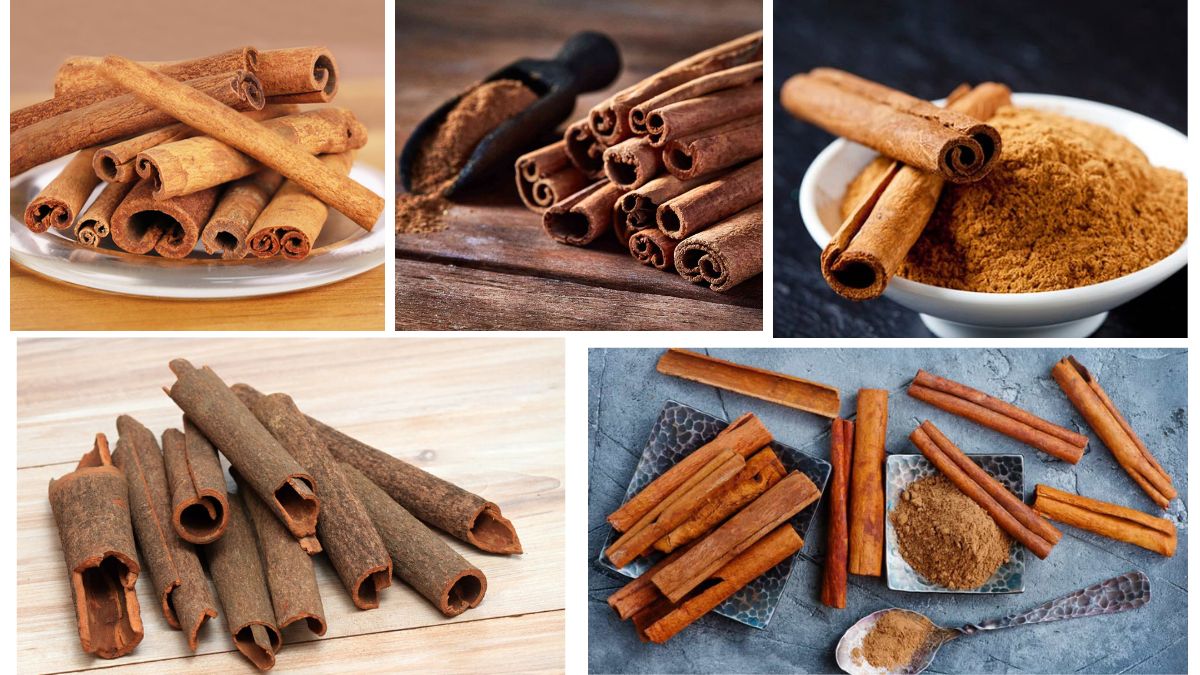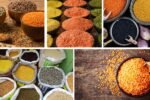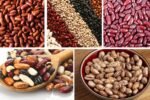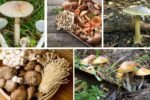Cinnamon, a spice cherished for its sweet aroma and warm flavor, has captivated human senses for centuries. From ancient Egyptian embalming practices to modern baking and wellness routines, cinnamon has traveled through history as one of the most valuable spices known to mankind. But have you ever wondered which country leads the world in producing this fragrant treasure? Let’s explore the fascinating world of cinnamon production and discover the global leader in this aromatic industry.
Introduction: The Importance of Cinnamon
Cinnamon comes from the inner bark of trees belonging to the genus Cinnamomum. There are two primary types: Ceylon cinnamon (also known as “true cinnamon”) and Cassia cinnamon. Ceylon cinnamon is prized for its delicate flavor and lower coumarin content, making it the preferred choice for culinary and medicinal uses in many regions.
The global demand for cinnamon has skyrocketed in recent years, thanks to its versatile applications in food, cosmetics, pharmaceuticals, and aromatherapy. As the world increasingly turns toward natural and organic ingredients, cinnamon’s role continues to grow—both as a spice and as a health supplement.
Global Cinnamon Production Overview
Cinnamon is cultivated predominantly in tropical climates, with ideal growing conditions being warm temperatures, high humidity, and well-drained soils. Countries across South and Southeast Asia, as well as parts of Africa and Latin America, have emerged as major producers.
The top cinnamon-producing countries include:
- Indonesia
- Sri Lanka
- China
- Vietnam
- India
Among these, one country stands out as the largest cinnamon producer in the world—Indonesia.
Indonesia: The Reigning Champion of Cinnamon Production

Production Scale
Indonesia is the world’s largest cinnamon producer, accounting for nearly 40% of the global cinnamon supply. The country primarily grows Cassia cinnamon, which is thicker, darker, and has a more pungent taste compared to Ceylon cinnamon.
According to FAO (Food and Agriculture Organization) statistics, Indonesia produces over 90,000 to 100,000 metric tons of cinnamon annually. The production is centered in regions such as:
- Sumatra (especially West Sumatra)
- Jambi Province
- Kerinci Highlands
These areas offer the perfect combination of volcanic soil and climate conditions, making them ideal for cinnamon cultivation.
Economic Significance
Cinnamon is a major export commodity for Indonesia. It contributes significantly to the livelihoods of smallholder farmers and to the national economy. The spice is exported to major markets like:
- The United States
- India
- The European Union
- Middle Eastern countries
In recent years, Indonesia’s cinnamon exports have exceeded $200 million USD annually, highlighting its global dominance in this sector.
Farming Practices
Indonesian farmers often practice traditional agroforestry techniques where cinnamon is grown alongside other crops such as coffee, cloves, and nutmeg. Trees are typically harvested after 10 to 15 years of growth, when the bark is thick and aromatic.
Harvesting is labor-intensive. Workers strip the bark from mature trunks, dry it under the sun, and then curl it into the familiar quills or sticks. Sustainability efforts are being promoted to ensure forest-friendly practices and prevent overharvesting.
Other Major Cinnamon Producers

1. Sri Lanka – The Birthplace of Ceylon Cinnamon
While Indonesia dominates in terms of volume, Sri Lanka is world-renowned for its Ceylon cinnamon—often called “true cinnamon.” It is considered superior in quality due to its delicate, sweet flavor and ultra-low coumarin levels.
Sri Lanka produces around 25,000–30,000 metric tons annually. It holds a near monopoly on Ceylon cinnamon, exporting to gourmet and health-focused markets.
The spice is an integral part of Sri Lanka’s economy and culture, with the government supporting Geographical Indication (GI) protection to authenticate its origin and quality.
2. China
China produces a variant of cassia cinnamon, commonly referred to as Chinese cassia. It is widely used in processed food, flavorings, and traditional Chinese medicine.
Annual production is approximately 20,000–25,000 metric tons, and China is also a major exporter to Western countries and Asia.
3. Vietnam
Vietnam is another prominent player in cassia cinnamon production. Known as Saigon cinnamon, the variety grown here is rich in oil content and has a spicy-sweet profile.
Vietnam produces roughly 15,000–20,000 metric tons annually and is expanding its cinnamon farming in the mountainous regions of the north.
4. India
India cultivates both cassia and small amounts of Ceylon cinnamon in Kerala, Karnataka, and Tamil Nadu. Though not a global leader in exports, India has a strong domestic market for cinnamon.
Factors Behind Indonesia’s Dominance

Several factors contribute to Indonesia’s position as the world’s largest cinnamon producer:
1. Favorable Climate and Soil
Indonesia’s tropical environment, with consistent rainfall and nutrient-rich volcanic soil, creates the perfect habitat for cinnamon trees.
2. Large Agricultural Workforce
A significant portion of Indonesia’s population is engaged in agriculture, and many smallholders specialize in spice crops like cinnamon, nutmeg, and cloves.
3. Strong Export Infrastructure
Indonesia has well-established spice export systems, with global trade networks ensuring access to high-demand markets like the U.S. and Europe.
4. Low Production Costs
Lower labor and operational costs give Indonesia a competitive edge in global pricing, making its cassia cinnamon more accessible and affordable.
Uses and Benefits of Cinnamon

Cinnamon is not just a culinary favorite—it’s also celebrated for its numerous health and wellness benefits:
Culinary Uses:
- Flavoring for baked goods, desserts, and beverages
- Seasoning in curries and savory dishes
- Component in spice blends like garam masala and pumpkin spice
Medicinal and Wellness Uses:
- Anti-inflammatory and antioxidant properties
- May help regulate blood sugar levels
- Supports heart health
- Used in traditional remedies for colds and digestive issues
Industrial Uses:
- Essential oils in aromatherapy and perfumery
- Preservatives and additives in food processing
- Natural pest repellent
Sustainability and Future Outlook

As demand for cinnamon grows globally, sustainability becomes a key concern. Overharvesting and deforestation can threaten the environment and long-term supply.
Organizations like Rainforest Alliance and Fairtrade are working with Indonesian farmers to promote:
- Sustainable farming methods
- Reforestation programs
- Better labor practices
Innovation in agroforestry and increased consumer awareness are also driving a shift toward ethical sourcing.
The future of cinnamon production lies in balancing productivity with planet-friendly practices. With its vast experience and natural advantages, Indonesia is well-positioned to lead this sustainable evolution.
Conclusion
Cinnamon continues to enchant the world with its flavor, fragrance, and health benefits. While countries like Sri Lanka, China, and Vietnam play vital roles in the cinnamon industry, Indonesia stands tall as the largest cinnamon producer in the world, leading not just in quantity but also in global reach.
As demand rises, it will be crucial for Indonesia and other cinnamon-producing nations to embrace sustainable cultivation and fair trade practices. Whether it’s a cup of spiced tea or a festive dessert, the story of cinnamon begins in the lush plantations of Indonesia—where nature and tradition combine to deliver one of the world’s most beloved spices.





